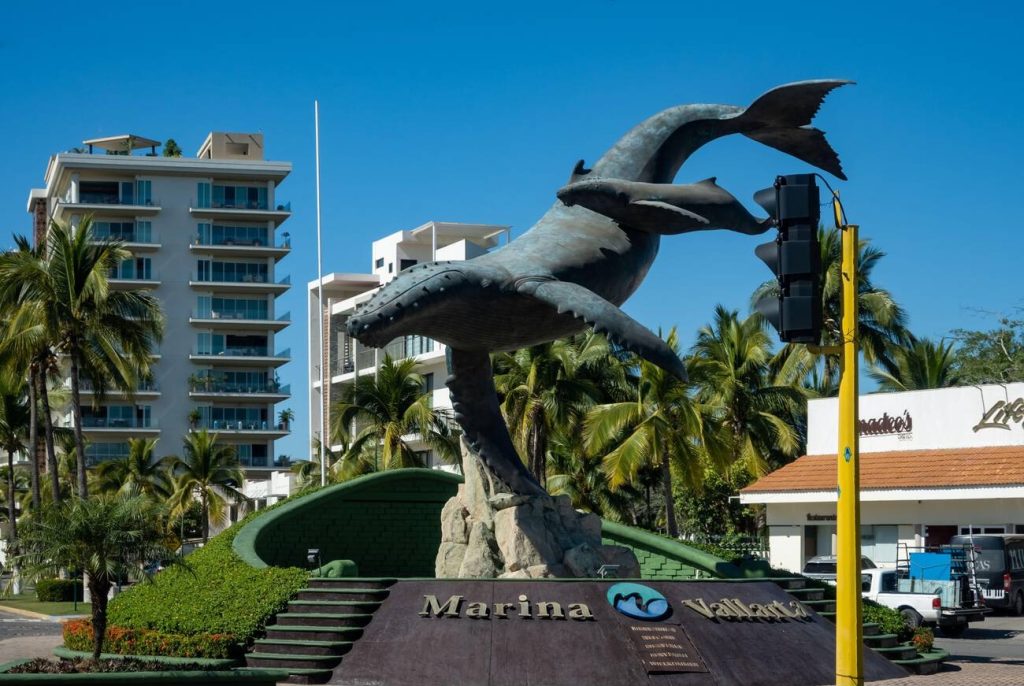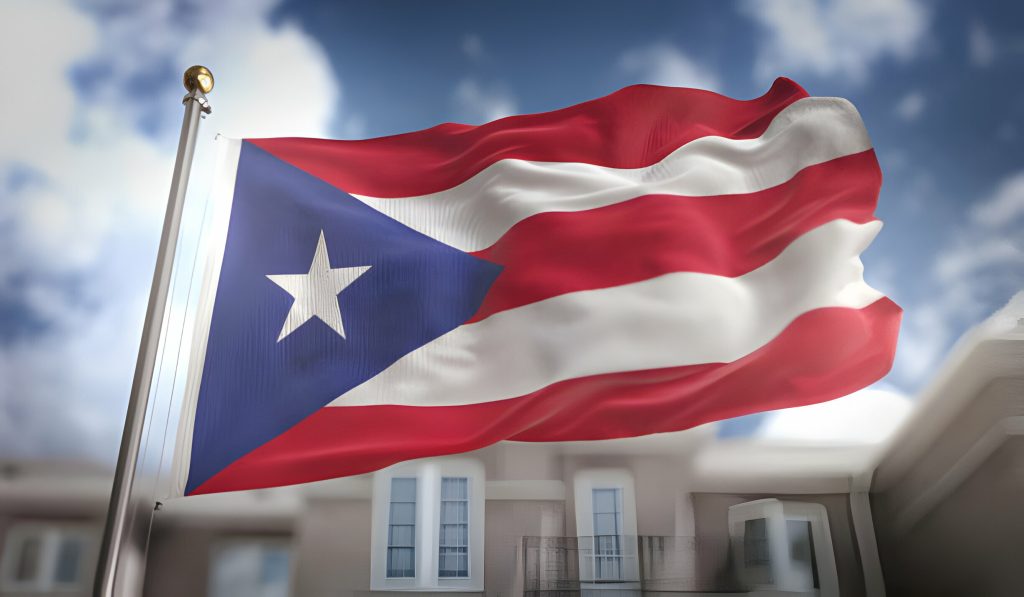What language is spoken in Puerto Rico? You’re about to embark on a journey exploring Puerto Rico’s linguistic landscape. You’ll uncover how Spanish and English coexist, reflecting a history as colorful as the island itself. You’ll grasp how language isn’t just verbal, it’s a dance of gestures and body language. Ready to enrich your travel experience? Let’s dive into the vibrant world of Puerto Rican language.
Official Languages of Puerto Rico
In Puerto Rico, you’ll find that Spanish and English are recognized as the official languages. Digging into the language statistics, you’ll see that over 90% of the population speaks Spanish, while English is spoken fluently by less than 20%. This linguistic landscape has its roots in the island’s history.
The language evolution in Puerto Rico is fascinating. Influenced primarily by Spanish colonizers, Puerto Rico’s language has also absorbed words and phrases from the indigenous Taíno people, African slaves, and English-speaking Americans. This cultural integration has resulted in a unique dialect of Spanish that is distinctively Puerto Rican.
But language isn’t just about words; it’s also about body language. Puerto Ricans often express themselves with animated gestures and facial expressions, which is a significant part of their communication style. It’s a vibrant blending of cultures and a testament to the island’s rich history. So, when you visit Puerto Rico, remember that understanding the language goes beyond knowing Spanish or English. It’s about immersing yourself in the culture, picking up on body language cues, and appreciating the island’s unique linguistic evolution.
The Dominance of Spanish
While you might encounter English in tourist areas and among younger generations, you’ll find that Spanish is the language that truly dominates daily life in Puerto Rico. This prevalence can be attributed to the island’s linguistic heritage and the continuous language evolution over centuries.
Spanish was brought to the island by the first European settlers and has firmly remained despite the U.S. influence. As a result of Puerto Rico’s rich history, the Spanish spoken there is infused with cultural nuances, reflecting the island’s Taino, African, and Spanish roots.
Today, you’ll witness a significant language diversity in Puerto Rico, thanks to the blending of languages and the emergence of Spanglish—a mix of English and Spanish. This bilingual proficiency is promoted in schools and is seen as an asset in the increasingly global world. However, the heart of communication remains in Spanish, from local businesses to government offices and everyday conversations at home.
In essence, understanding Spanish provides a deeper insight into Puerto Rico’s vibrant culture and helps you truly appreciate the island’s unique character.
Emergence of English Language
Despite Spanish being the dominant language, you’ll notice a significant presence of English in Puerto Rico, particularly in urban and tourist areas. The emergence of English can be traced back to the early 20th century when Puerto Rico became a U.S. territory.
Over time, English permeated schools, leading to a fascinating language evolution. Today, English is a mandatory subject for Puerto Rican students. The media also played a pivotal role in this linguistic blending, with English content readily available and consumed by the populace.
The cultural impact of the English language in Puerto Rico is profound, reflecting the historical influences from its relationship with the United States. Interestingly, the emergence of a creole language, known as Spanglish, is a testament to this blending of cultures.
| Emergence of Creole Language | Language Evolution in Schools | Cultural Impact of Language |
|---|---|---|
| Spanglish, a blend of English and Spanish, is widely used | English is mandatory in the Puerto Rican education system | English has significantly influenced the Puerto Rican culture |
| Historical language influences from the U.S. | English content is prevalent in media | English is often used in urban and tourist areas |
| Reflects the blending of Puerto Rican and American cultures | Has led to widespread bilingualism | The use of English often signifies modernity and progress |
Role of Bilingualism in Puerto Rico
As you navigate through Puerto Rico, you’ll quickly notice the role of bilingualism in its society, shaping communication, education, and even employment opportunities. The island’s linguistic diversity is testament to its rich history and cultural identity. With Spanish and English as its official languages, you’ll often hear locals effortlessly code-switching between the two, a practice that fosters societal integration.
Language acquisition starts early in Puerto Rico, with English being a mandatory subject in schools. This bilingual education not only aids in communication but also opens up more job prospects for the locals. Further, it underlines the role of code-switching, as people switch from Spanish to English and vice versa, depending on the situation, audience, or even to express a particular sentiment.
Bilingualism also contributes significantly to the cultural identity of Puerto Ricans. It’s not just about the words spoken, but the values, attitudes, and shared experiences they represent. Puerto Ricans are proud of their heritage, and their bilingual abilities reflect the melting pot of cultures that is uniquely theirs. So, as you’re exploring this beautiful island, you’ll appreciate how seamlessly language, culture, and identity intertwine.
Characteristics of Puerto Rican Spanish
Though you might be familiar with Spanish, you’ll quickly notice that the Spanish spoken in Puerto Rico has its own unique characteristics. This variation of Spanish is rich with pronunciation variations that set it apart. For example, the ‘r’ at the end of words often sounds like an ‘l’, which is a distinctive trait of Puerto Rican Spanish.
If you’re fascinated by language diversity, exploring how Spanish differs across regions, like in Mexico, can make your next trip even more rewarding. Mexico, too, offers a unique dialect and expressions that vary from state to state, adding depth to your travel experience.
Numerous slang expressions are also a key characteristic of the language. These expressions, often derived from English, Taino, or African languages, add a local flavor to the language. Moreover, word origins from indigenous and African languages contribute to the language’s uniqueness.
The use of idiomatic phrases is also widespread. These phrases, often loaded with cultural references, may be confusing to outsiders but are a significant part of the language’s charm.
Language preservation efforts are ongoing in Puerto Rico. These initiatives aim to preserve the unique features of Puerto Rican Spanish and foster appreciation for its distinctive character. These characteristics make the Spanish spoken in Puerto Rico a fascinating study of linguistic evolution and cultural fusion.
Cultural Heritage and Language
Over time, you’ll come to understand that Puerto Rico’s rich cultural heritage has played a significant role in shaping the unique version of Spanish spoken on the island. This linguistic diversity is a testament to the island’s language evolution that’s deeply embedded in its historical context.
Cultural influences from the indigenous Taíno people, Spanish colonizers, and African slaves have caused a fascinating language integration, creating a distinct Puerto Rican Spanish. Taíno words, Spanish grammar, and African phonetics have all found a place in it.
To illustrate, consider the table below:
| Origin | Influence | Examples |
|---|---|---|
| Taíno | Words for local flora, fauna, and topography | ‘hamaca’ (hammock), ‘huracán’ (hurricane) |
| Spanish | Grammar, Majority of Vocabulary | ‘gracias’ (thank you), ‘amor’ (love) |
| African | Phonetics, Some Vocabulary | ‘bembé’ (party), ‘mofongo’ (a local dish) |
In essence, language in Puerto Rico isn’t just about communication. It’s a vibrant tapestry of the island’s history and culture. So, when you listen to the locals, you aren’t just hearing Spanish; you’re hearing the echoes of a rich, diverse heritage.
Puerto Rico’s Outdoor Adventures
While you’re exploring the linguistic landscape of Puerto Rico, don’t forget there’s a thrilling world of outdoor adventures waiting for you. Begin with hiking adventures in the El Yunque National Forest. It’s a lush, tropical paradise filled with waterfalls, exotic wildlife, and breathtaking views. You’re sure to be left speechless!
Next, catch some waves at the world-renowned surfing spots in Rincon. Whether you’re an experienced surfer or a beginner, you’ll find the perfect wave for you. And if you’re not keen on surfing, don’t worry, there’s still plenty to do.
Get ready for unforgettable kayaking experiences in the bioluminescent bays of Vieques and Fajardo. At night, the water sparkles with each paddle stroke, creating a magical, otherworldly aura. These bays are one of the few places on earth where you can witness this stunning phenomenon.
Lastly, don’t miss the multitude of outdoor attractions Puerto Rico offers. From zip-lining in Toro Verde to exploring the caves of Rio Camuy Park, there’s never a dull moment. So, pack your adventure gear and let Puerto Rico’s outdoor wonderland enthrall you.
Water Activities in Puerto Rican Language
After you’ve had your fill of on-land adventures, it’s time to dive into the aquatic activities that Puerto Rico offers, all while picking up some sea-related vocabulary in Spanish. The island is a treasure trove for marine exploration. Whether you’re snorkeling, surfing, or diving, you’ll be surrounded by an array of sea life. ‘Exploración marina’ is the Spanish term for this underwater discovery.
Embrace the aquatic adventures or ‘aventuras acuáticas’ as locals call them. This could include anything from a serene boat ride to an adrenaline-pumping jet ski escapade. ‘Excursiones costeras,’ or coastal excursions, are another way to experience the island’s natural beauty. These can range from exploring hidden coves to a leisurely beachside horse-riding.
Attractions and Landmarks in Puerto Rico
You’ll find numerous attractions and landmarks in Puerto Rico that reflect the island’s rich cultural history and stunning natural beauty. This Caribbean gem is teeming with historical sites, natural wonders, and vibrant cultural experiences that will leave you mesmerized.
Here’s a glimpse of what awaits:
- Historical sites such as the San Juan National Historic Site, a UNESCO World Heritage site, and El Morro, a 16th-century fortress, tell tales of the island’s past.
- Natural wonders like El Yunque National Forest and Bioluminescent Bay, where the waters glow at night, offer extraordinary experiences.
- Puerto Rico’s local cuisine, a delicious blend of Spanish, African, and Taino influences, is a must-try. From the streets of Old San Juan to the beachside shacks, indulge in dishes like Mofongo and Arroz con Gandules.
- Art lovers will be enthralled by the Museo de Arte de Puerto Rico, which showcases local and international art.
Don’t forget the music festivals! Events like the San Sebastian Street Festival and the Puerto Rico Heineken JazzFest celebrate the island’s rich musical heritage and are a perfect way to immerse yourself in the local culture. Remember, Puerto Rico is more than just a destination; it’s an experience.
Language Resources for Travelers
If you’re planning a trip to Puerto Rico, it’s a good idea to familiarize yourself with some basic Spanish phrases and local lingo to enhance your travel experience. As a traveler, language learning enhances not only your communication skills but also contributes to a deeper cultural immersion. Given the linguistic diversity in Puerto Rico, a bit of preparation can go a long way in making your journey more enjoyable.
There are several resources available to aid you in this endeavor. Consider using language learning apps like Duolingo or Rosetta Stone, which offer Spanish courses tailored to your level of expertise. For a more traditional approach, pocket phrasebooks can be your travel essentials, providing quick access to useful expressions and vocabulary.
Don’t forget to learn some Puerto Rican slang as well. It’s part of the island’s rich linguistic identity, and locals will appreciate your effort to understand it. Online resources such as blogs and YouTube videos are useful for this.
What Language Is Spoken in Puerto Rico? The American Influence
In your exploration of Puerto Rico’s linguistic landscape, you’ll find that American influence has played a significant role, especially since the island became a U.S. territory in 1898. This American influence has propelled a unique linguistic evolution, fostering a rich language diversity on the island.
- English, alongside Spanish, is taught in schools, leading to widespread bilingualism among the younger generations.
- The cultural integration of American pop culture and media has also accelerated the adoption of English phrases in day-to-day language, giving rise to ‘Spanglish.’
- American influence has even extended to body language expressions, with Puerto Ricans adopting certain gestures and mannerisms typical of Americans.
- English is frequently used in business settings, further entrenching its presence in Puerto Rican society.
Despite this American influence, the heart of Puerto Rican language remains inherently Spanish, preserving its unique Caribbean flavor. Recognizing this linguistic evolution, you’ll see how American influence and Puerto Rican culture have intertwined to create the unique linguistic tapestry that exists in Puerto Rico today. This fusion is a testament to the resilience and adaptability of Puerto Rican culture.
Evolution and Changes in Language Usage
As you explore the linguistic landscape of Puerto Rico, it’s important to understand how the usage of language on the island has evolved and changed over time. The historical language shifts in Puerto Rico are fascinating, with global linguistic influences significantly shaping the island’s dialect.
Language evolution has been a constant in Puerto Rico, with modern trends reflecting a blend of Spanish, English, and indigenous Taíno languages. This cultural language integration has resulted in a unique Puerto Rican Spanish dialect, enriched by African, European, and Amerindian influences.
The contemporary language dynamics in Puerto Rico continue to evolve. English has become more prevalent, particularly in urban areas and among younger generations. In response to global trends, English is now taught in schools, creating a bilingual society.
However, the heart of Puerto Rican language remains Spanish, with its distinctive characteristics and local expressions. This language evolution, reflecting the island’s rich history and diverse influences, adds another layer to the vibrant culture of Puerto Rico. Indeed, understanding these shifts in language usage offers you a deeper insight into the Puerto Rican way of life.












